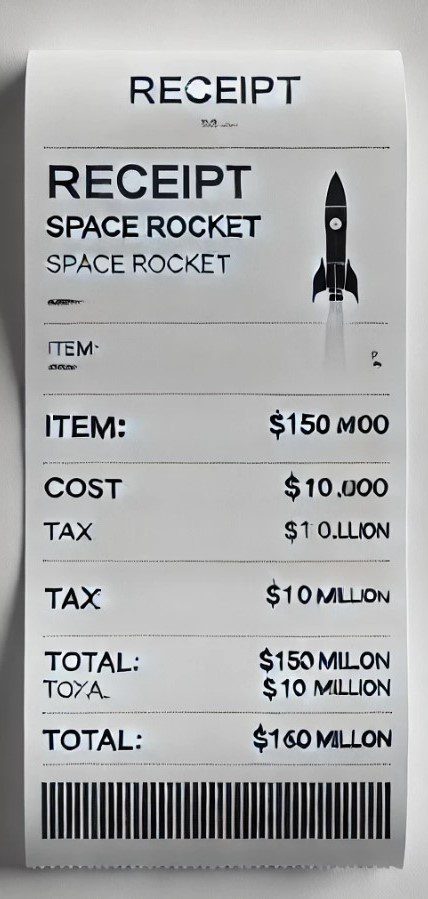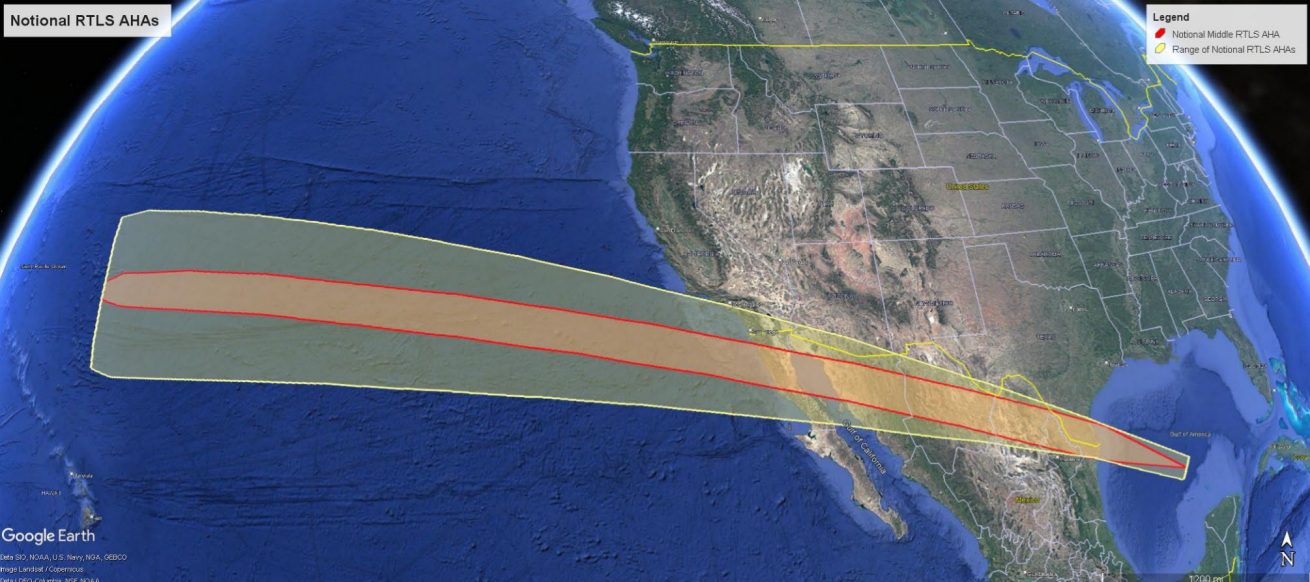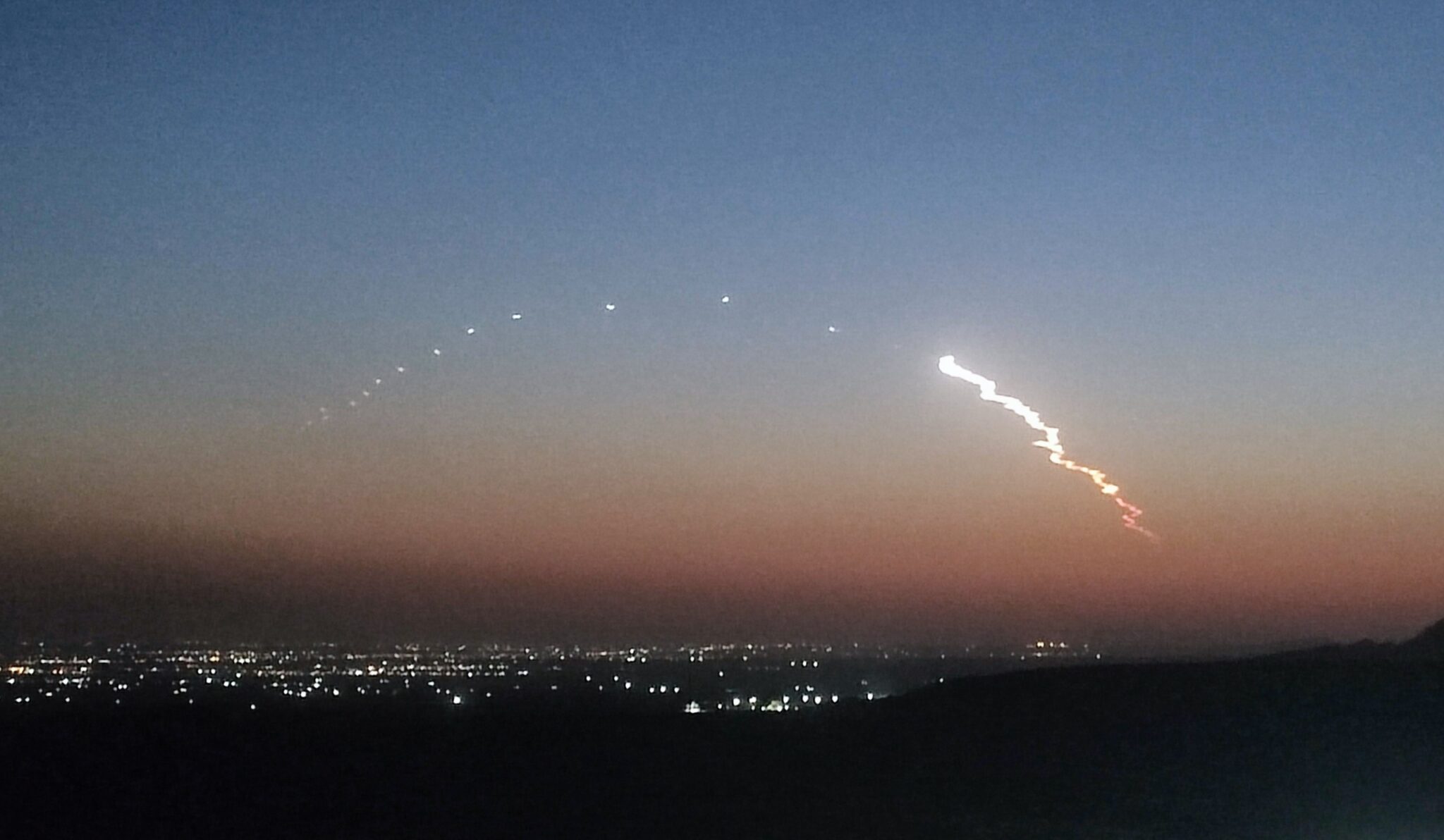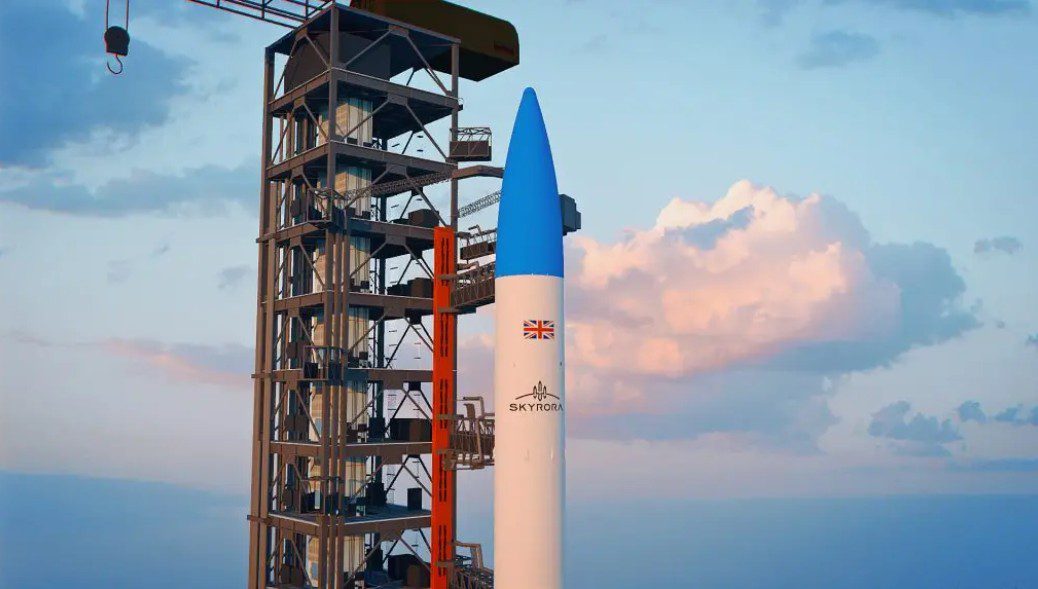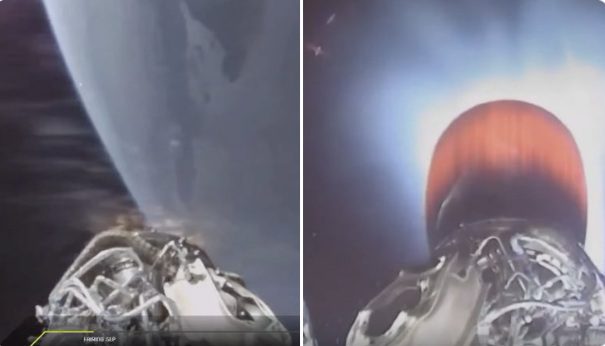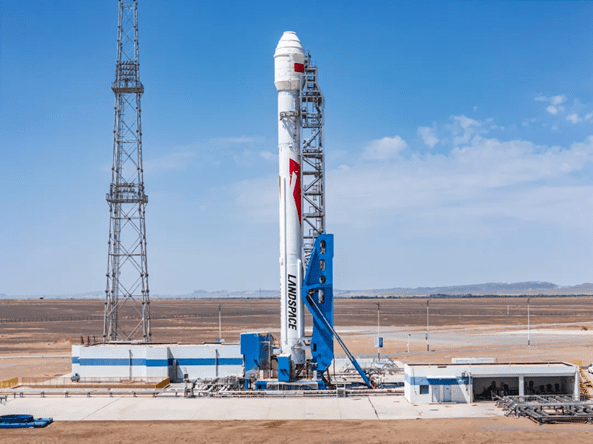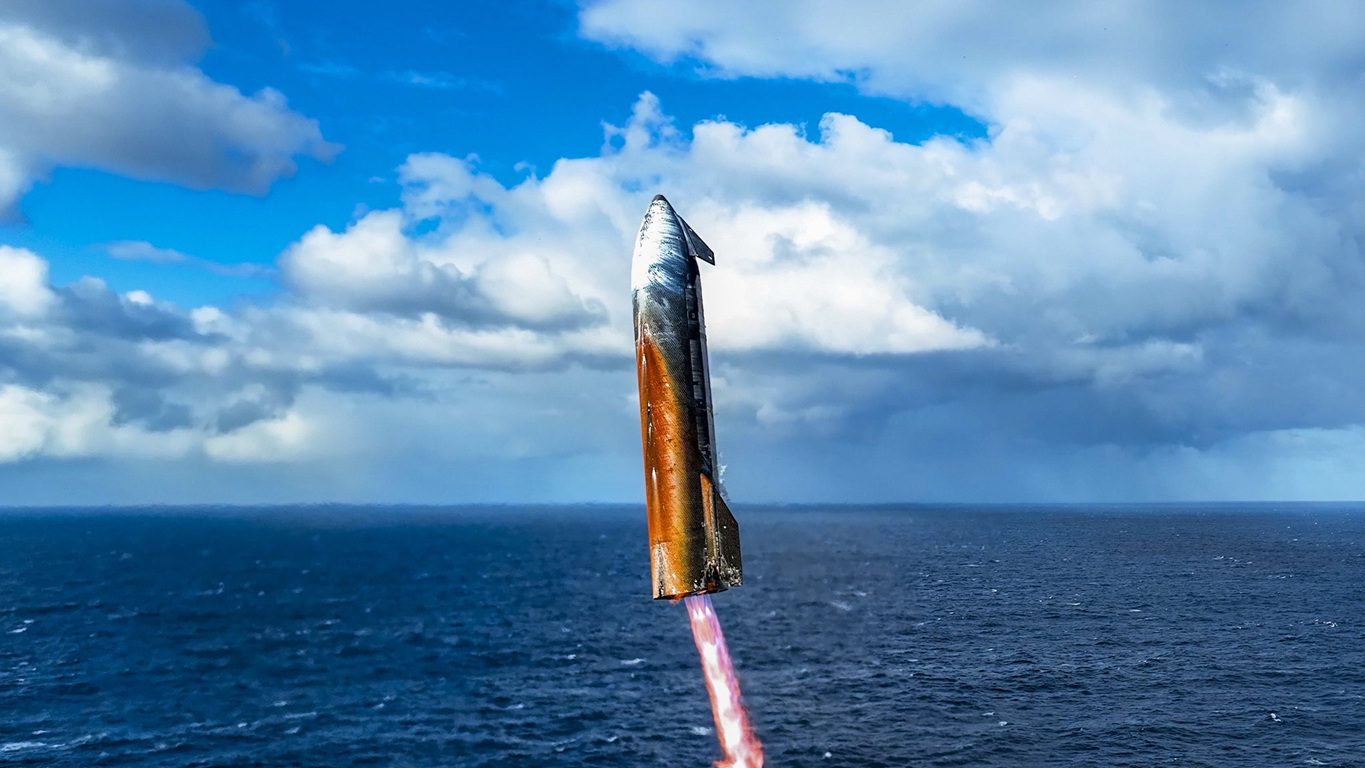After delays caused by wild fire damage to the launch base infrastructure, an Atlas V 401 rocket operated by the United Launch Alliance (ULA) successfully lifted off from the Vandenberg launch site in California at 1830 GMT on 11 November 2016. On board was the main paying payload of the flight, the commercial Earth observation satellite WorldView 4 which was formally known as GeoEye 2. The 2,087 kg spacecraft which uses a Lockheed Martin LM-900 bus design is reported to be capable of image resolution down to 0.3 m in panchromatic format.
Also aboard the flight were seven other very small satellites which were carried by cubesat deploys on the after bulkhead carrier. The satellites included two Prometheus 1.5U cubesats which were ejected at 2042 GMT, two cubesats for the Aerospace Corp, Aerocube 8C and 8D which were ejected at 2045 GMT, the CELTEE 1U cubesat for the US Air Force Research Lab and the Opticube which were ejected at 2054 GMT. The energy balance research satellite, RAVAN , a 3U cubesat owned and built by Johns Hopkins Applied Physics Laboratory which is equipped with a radiometer was ejected at 2055 GMT.
After this the Centaur stage made a second mission burn to place it into a “graveyard” solar orbit.

